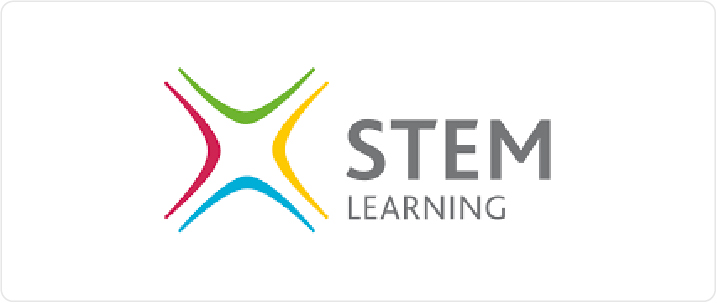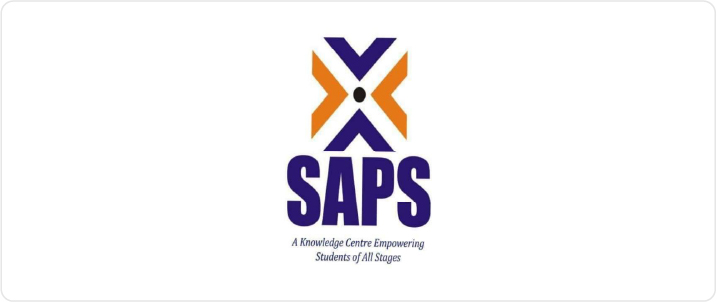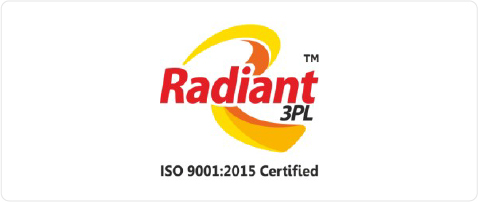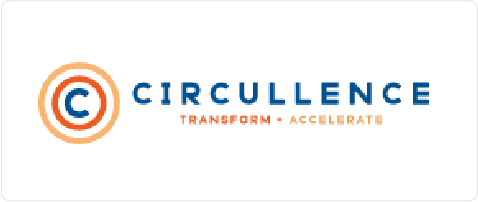Introduction
In the dynamic landscape of business, managing cash flows is the lifeblood that sustains operations, fuels growth, and ensures financial resilience. This comprehensive guide explores the intricacies of cash flow management, providing actionable insights for businesses of all sizes.
Understanding Cash Flow
Cash Flow Components
Operating Cash Flow (OCF):
Defined as the cash generated from core business activities, OCF reflects the company’s ability to turn its sales and services into cash.
Investing Cash Flow (ICF):
Encompasses cash transactions for investments in assets such as property, equipment, and securities.
Financing Cash Flow (FCF):
Focuses on cash transactions with investors and lenders, including debt and equity.
Importance of Cash Flow
Working Capital Management:
Efficient cash flow management ensures a healthy working capital, allowing companies to meet short-term obligations.
Strategic Decision-Making:
Cash flow insights empower strategic decision-making, guiding investments, and expansion plans.
Risk Mitigation:
Proactive cash flow management acts as a buffer against economic uncertainties and unforeseen challenges.
Strategies for Improving Cash Flow
1. Effective Invoicing Practices
Implementing clear and prompt invoicing practices accelerates the cash collection process.
Utilize digital invoicing systems for efficiency and timely payment reminders.
2. Optimizing Inventory Management
Streamline inventory levels to avoid overstocking and reduce holding costs.
Leverage data analytics for demand forecasting to align inventory with market needs.
3. Negotiating Payment Terms
Negotiate favourable payment terms with suppliers and vendors.
Consider early payment incentives to encourage prompt payments.
4. Managing Expenses
Conduct a thorough expense analysis and identify areas for cost reduction.
Implement cost-saving measures without compromising on operational efficiency.
5. Cash Flow Forecasting
Develop accurate cash flow forecasts to anticipate future financial needs.
Regularly update forecasts based on changing market conditions and business developments.
Cash Flow Challenges and Solutions
1. Seasonal Fluctuations
Challenge:
Businesses with seasonal demand face cash flow gaps during off-peak periods.
Solution:
Establish a financial cushion during peak seasons to cover expenses in lean periods.
Explore diversification strategies to minimize the impact of seasonality.
2. Client Payment Delays
Challenge:
Delayed client payments disrupt the cash flow cycle.
Solution:
Implement stricter credit policies.
Utilize invoice factoring or discounting to expedite cash receipts.
3. Debt Management
Challenge:
High-interest debt can strain cash flow.
Solution:
Explore debt consolidation options.
Renegotiate terms with creditors for more favourable repayment structures.
4. Market Volatility
Challenge:
Economic uncertainties and market volatility impact cash flow predictability.
Solution:
Diversify revenue streams to reduce dependency on specific markets.
Maintain a flexible budget to adapt to changing economic conditions.
Technology and Cash Flow Management
1. Cash Flow Management Tools
Utilize modern cash flow management tools that offer real-time insights.
Implement cloud-based accounting systems for accessibility and collaboration.
2. Automation and AI
Leverage automation for routine financial tasks, reducing the risk of errors.
Implement AI algorithms for predictive cash flow analysis.
Case Studies: Learning from Success Stories
1. Small Business Triumph
Explore how a small business optimized cash flow through efficient invoicing and prudent expense management.
2. Corporate Turnaround
Delve into the strategies employed by a large corporation to recover from financial distress, emphasizing cash flow restructuring.
Regulatory Compliance and Cash Flow
Stay informed about tax regulations, accounting standards, and compliance requirements that impact cash flow management.
Continuous Improvement in Cash Flow Management
Cultivate a culture of continuous improvement by regularly reviewing and refining cash flow strategies.
Encourage employee involvement and awareness in maintaining healthy cash flows.
Conclusion
Mastering cash flow management is a dynamic process that requires strategic planning, adaptability, and a deep understanding of financial dynamics. By implementing the right strategies, leveraging technology, and learning from both challenges and successes, businesses can ensure not only survival but sustained growth in the ever-evolving economic landscape.




















